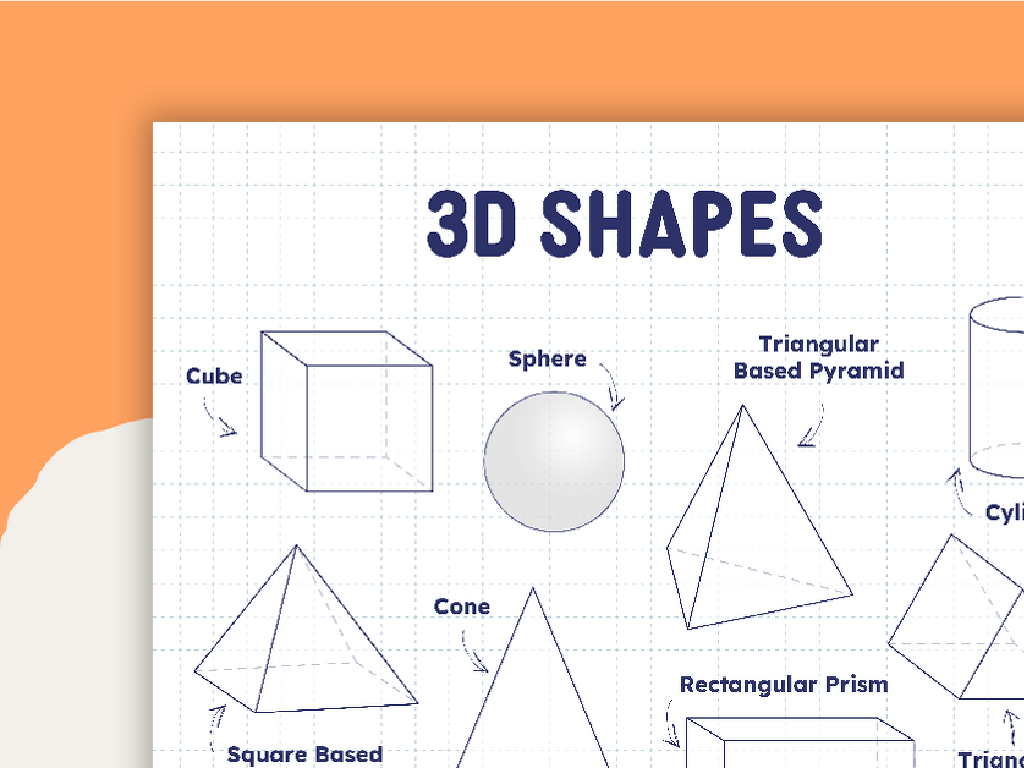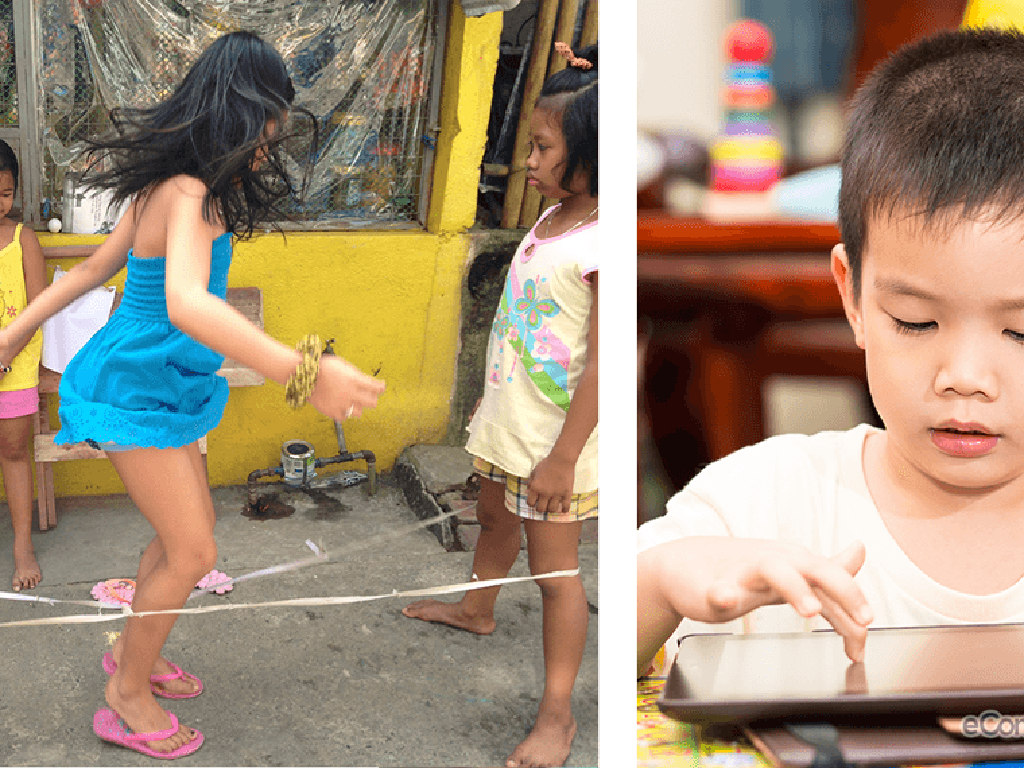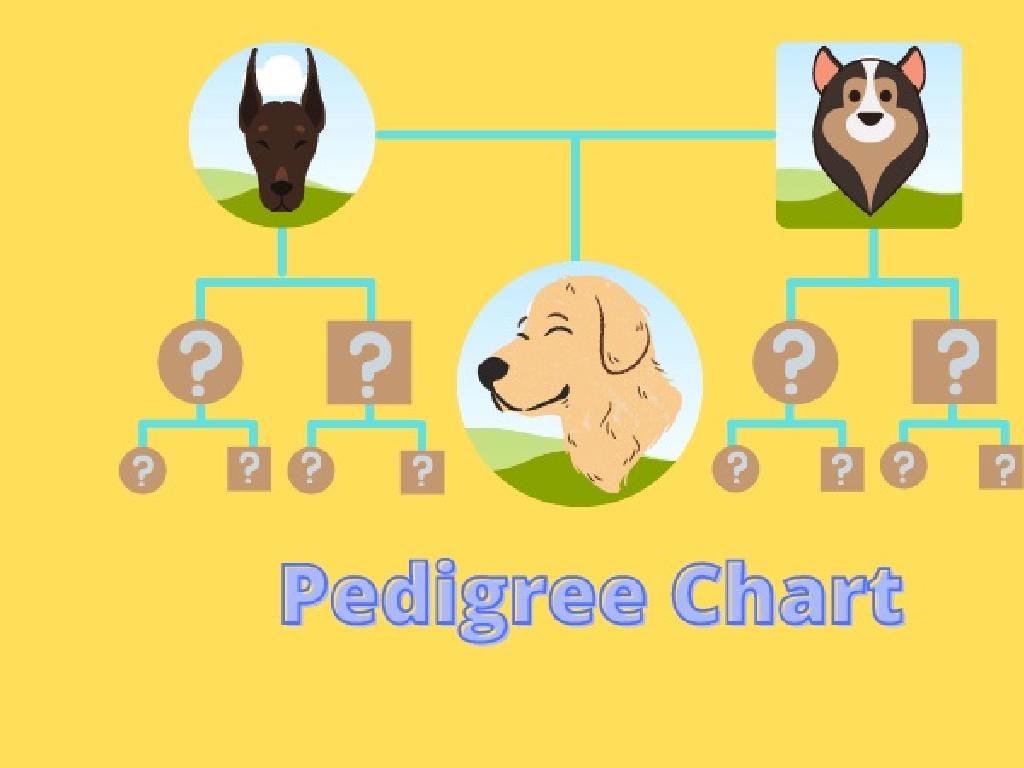Addition Word Problems With Pictures - Sums Up To 10
Subject: Math
Grade: First grade
Topic: Addition Up To 10
Please LOG IN to download the presentation. Access is available to registered users only.
View More Content
Welcome to Addition!
– Learn to add numbers up to 10
– Use pictures for easy understanding
– Visual aids make learning math fun
– Addition combines things together
– Like adding apples in two baskets
– Practice with fun activities
|
This slide introduces first graders to the concept of addition, focusing on sums up to 10. The goal is to make addition relatable and understandable by using pictures as visual aids. For example, if there are 3 apples in one basket and 2 apples in another, combining them gives us a total of 5 apples. This visual representation helps students grasp the concept of combining two groups into one larger group. Encourage the students to think of addition as a way of bringing things together, whether it’s apples, toys, or even their fingers. Plan a series of fun activities where students can practice adding different items, ensuring they are engaged and enjoying the learning process.
Understanding Addition: Combining Numbers
– Addition means putting together
– Like adding apples and oranges in a basket
– Combining groups to find total
– If you have 3 balloons and get 2 more, how many now?
– The ‘+’ sign means add
– Let’s practice with pictures!
– We’ll use images to help us add
|
This slide introduces the concept of addition to first graders. Start by explaining that addition is like putting things together in a group. Use tangible examples like combining fruits or toys. Show the plus sign and ensure students recognize it as the symbol for addition. Use pictures to illustrate simple addition problems, such as adding dots or images of animals, which helps visual learners. Encourage the students to use their fingers or objects like counters to practice adding up to 10. The goal is to make them comfortable with the idea of combining groups to find a total and to recognize the addition sign.
Addition with Pictures: Sums Up to 10
– Pictures help us learn addition
– Count objects in each picture
– If there are 3 apples and 2 apples, count them separately
– Add groups together for total
– Now, count 3 apples plus 2 apples to find how many apples in all
– Practice with sums up to 10
|
This slide introduces students to the concept of using visual aids, such as pictures, to solve addition problems with sums up to 10. Start by explaining that pictures can make learning addition fun and easier to understand. Demonstrate counting objects in individual groups and then adding the groups together to find the total number of objects. Use simple and relatable examples, like apples or toys, to illustrate the concept. Encourage students to practice with different sets of pictures, ensuring they understand that the total sum should not exceed 10. This activity will help build their foundational addition skills and prepare them for more complex math concepts.
Let’s Practice Adding!
– Read the word problem aloud
– Count objects using pictures
– Look at the images and count each item
– Write the addition sentence
– For example, 3 apples + 2 apples = ?
– Find the total sum together
– Add the numbers to get the sum up to 10
|
This slide is designed to engage first-grade students in a hands-on addition activity. Start by reading a simple word problem to the class that involves a scenario with a sum up to 10. Use visual aids, such as pictures of objects, to help students visualize the problem. Guide them to count the objects in the pictures and then write the corresponding addition sentence on the board. Encourage the students to participate in finding the sum. For example, if the problem is about adding apples, show pictures of apples and have the students count and add them together. This interactive approach helps solidify their understanding of addition within 10. Prepare to assist students who may struggle with counting or writing numbers.
Adding Fruits Together
– Counting apples and oranges
– Adding them to find total fruits
– 3 apples plus 2 oranges equals
– Example: 3 apples + 2 oranges
– We have 5 fruits in total
– Practice with different fruits
|
This slide introduces students to the concept of addition through a relatable context of counting fruits. Start by showing pictures of 3 apples and 2 oranges, and guide the students to count each type of fruit separately. Then, demonstrate how to combine the two quantities to find the total number of fruits. Use the equation 3 apples + 2 oranges = 5 fruits to illustrate the addition process. Encourage the students to practice with different sets of fruits or other objects they like, ensuring they understand that addition is about combining quantities to find a total. The goal is to make them comfortable with simple addition problems up to 10.
Your Turn to Solve: Picture Addition
– Try a word problem with pictures
– Count each item carefully
– Write your addition sentence
– For example, 3 apples + 2 apples = ?
– Check your work before sharing
– Make sure your numbers add up correctly
|
This slide is an interactive activity for students to apply their understanding of addition with sums up to 10. Provide them with a word problem that includes pictures, such as images of fruits or animals, to visually represent the problem. Encourage them to count the items in the pictures carefully and then write the corresponding addition sentence on their paper. For example, if there are 3 apples and 2 more apples are added, the sentence would be 3 + 2 = 5. After writing their sentences, remind students to double-check their work. During the next class, review the problems together and discuss any challenges the students faced. This activity will help reinforce their counting skills and understanding of addition.
Class Activity: Addition Scavenger Hunt
– Explore the classroom for objects
– Group items to total sums up to 10
– For example, 5 pencils + 3 erasers = 8 items
– Partner up to write addition sentences
– Share your findings with the class
– Tell us what you added together
|
This interactive activity is designed to help students apply their addition skills in a fun and engaging way. Set up the classroom with various objects that students can count and add together. Encourage them to think creatively about how they group items, ensuring the total does not exceed 10. Students should work in pairs to foster teamwork and communication, writing down each addition sentence they create. After the scavenger hunt, have each pair present their findings to the class, explaining their thought process and how they arrived at their sums. This will reinforce their understanding of addition within 10 and allow them to practice their presentation skills. Possible variations of the activity could include timed hunts, specific item hunts, or competing to find the most unique addition combinations.






